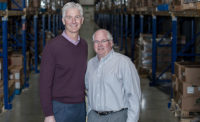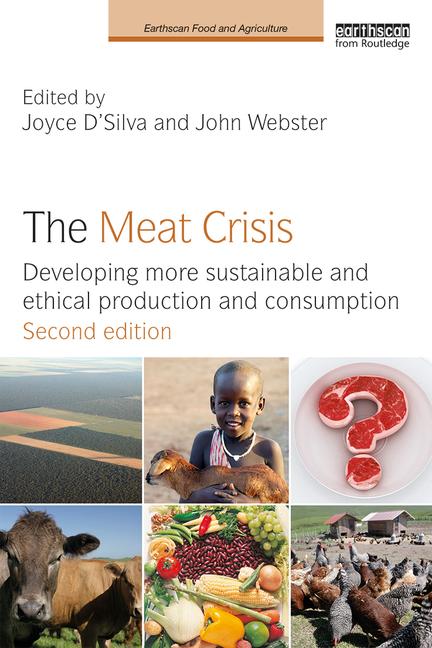Recently I was given the opportunity to visit a harvester that was a friend and a supplier for 30 years, until four years ago when his establishment was taken off my approved supplier list. The removal of his plant was based on an audit I did where I sighted issues with heavy tag on animals, bad hide removal practices and a lack of thermal interventions. Basically, the absence of all the tools we now know are effective in eliminating pathogenic bacteria.
When I had completed my initial audit, given our history and friendship, I made sure that I took the time to explain our concerns and how the proper investments in the right areas would not only help his business, it would also improve the entire industry. Unfortunately, at that time, the owner could not understand our concerns as he had always operated that way and did not see the benefits of changing.
With his invitation I returned to that same facility some four years later, and some dramatic changes were made.
He had opened up his line to provide more light and space, and chains were reengineered to ensure carcasses did not come into contact with each other. Employees had been trained to ensure they sanitized knives when making cuts to remove the hide, and a new hide puller that gently pulled the hide to the side replaced a hide puller that violently ripped the hide up, allowing for soils and manure to fall back on the carcass. He had also installed an array of interventions from cold water washes to hot water pasteurization to lactic and paracetic acid sprays.
After I had finished my audit I let him know how impressed I was with the improvements and investments he had made in his operation. He downplayed the changes confessing that these were small improvements in a small operation.
What he didn’t understand was that those small changes that small operations like his undergo are the small steps that eventually add up to the giant leaps we are able to make as an industry in food safety.







